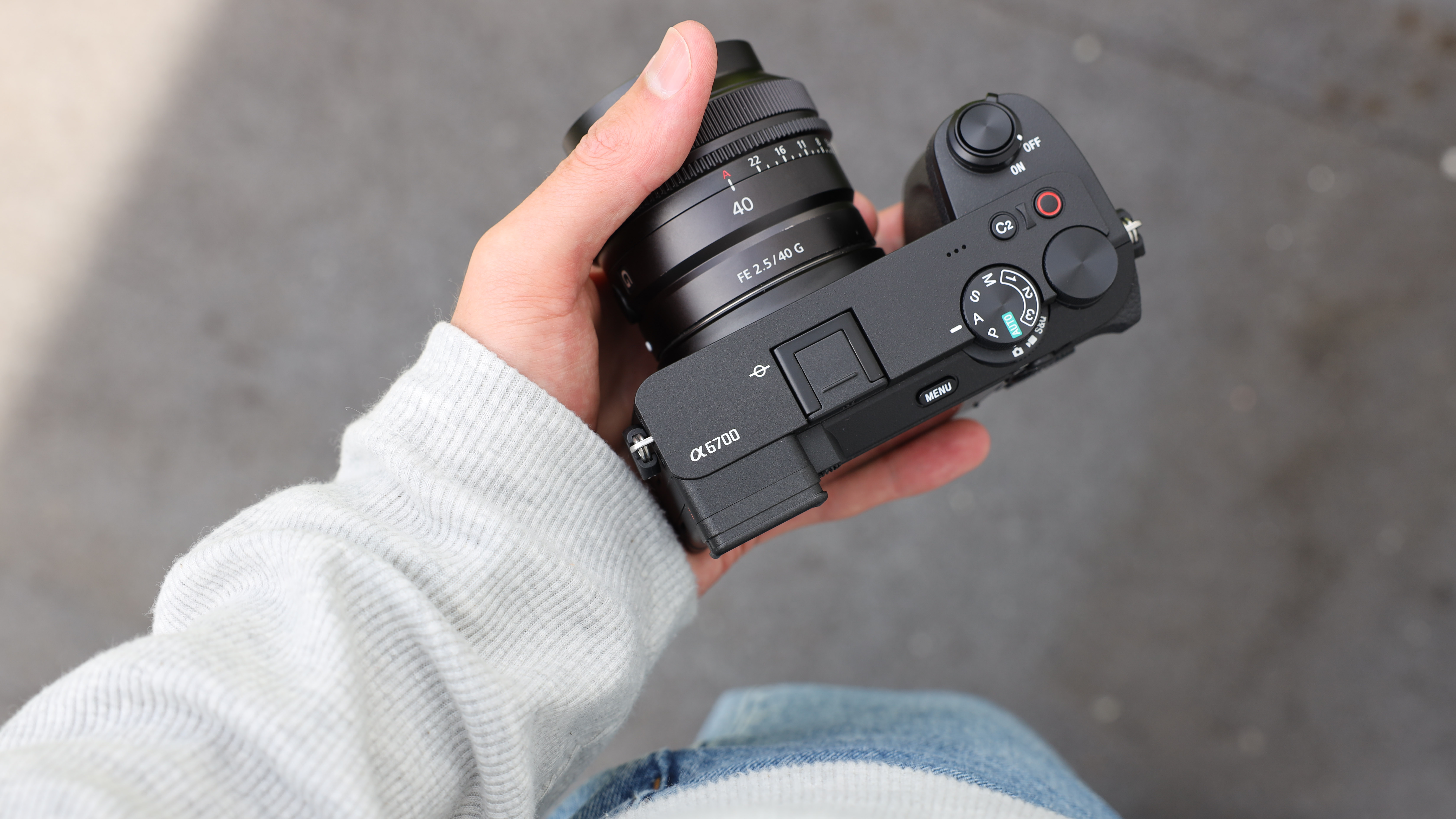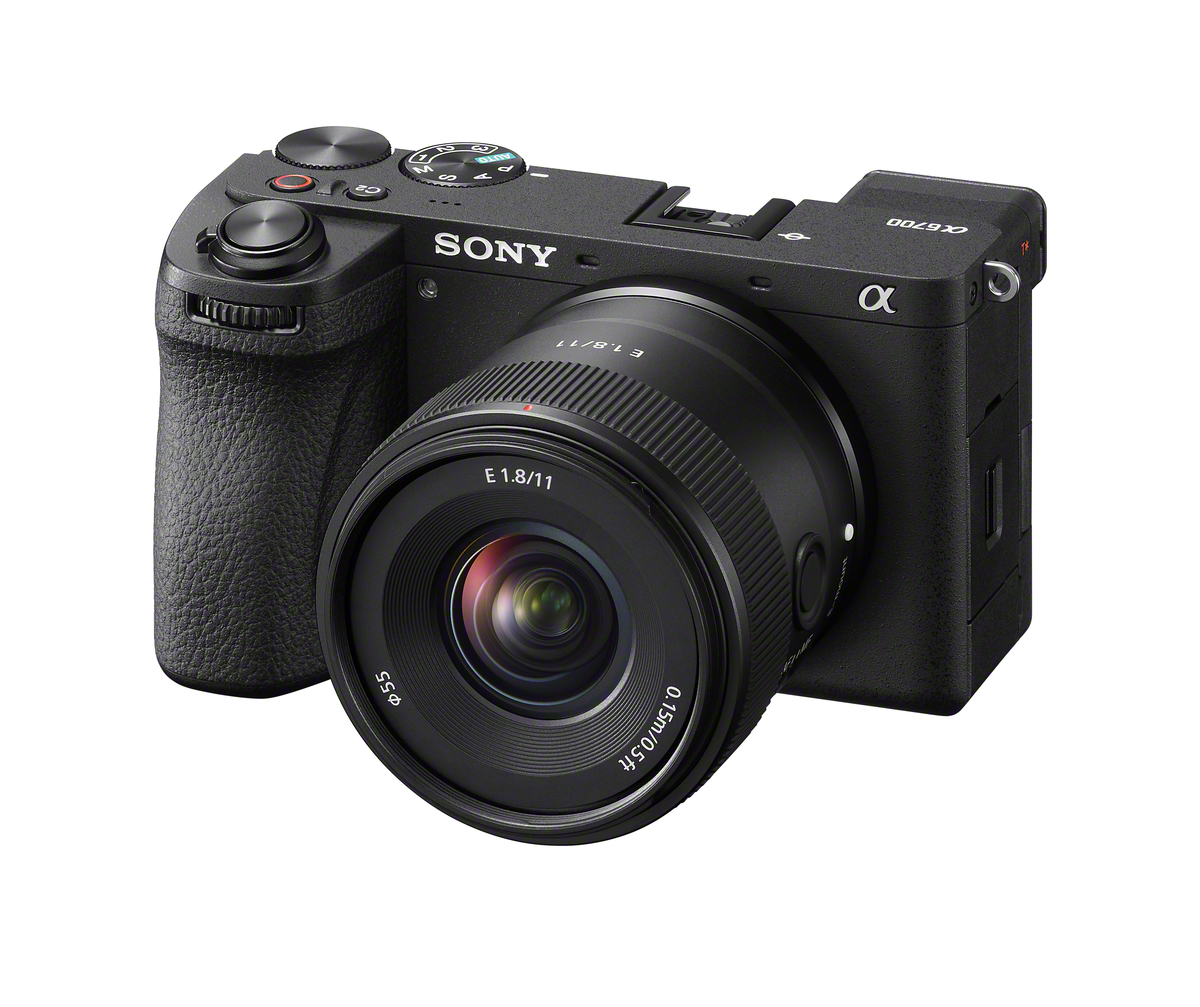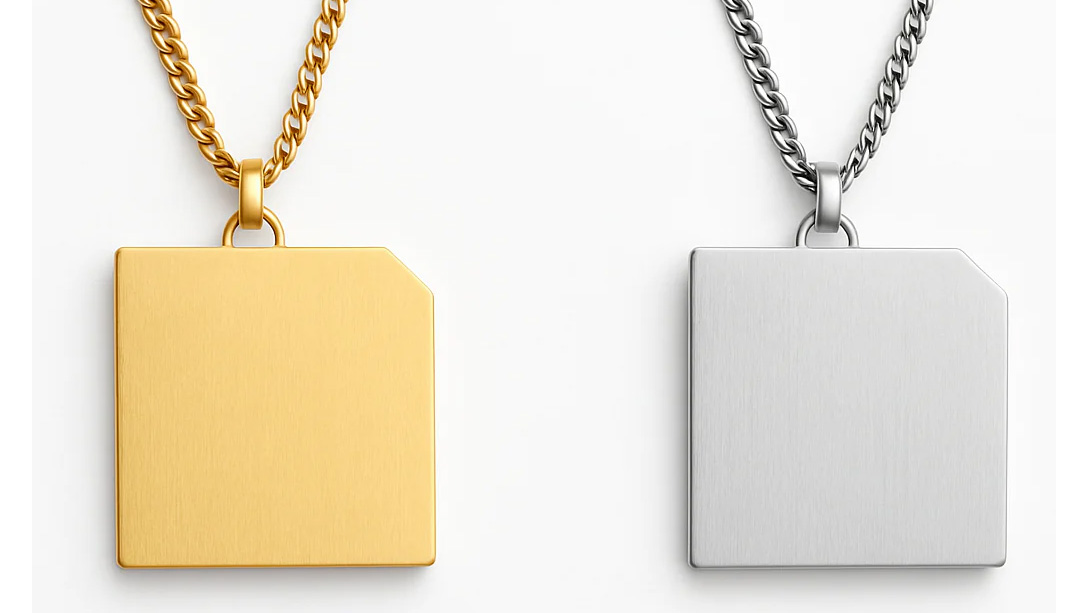Sony unveils its latest hybrid champion – the Sony a6700
After a lot of rumors, Sony has finally announced the Sony a6700, the latest in its range of compact hybrid cameras

Sony is today announcing the release of the Sony a6700, the long-awaited successor in Sony’s incredibly popular lineup of compact APS-C hybrid cameras.
The last flagship camera in Sony’s a6x00 range was the Sony a6600, released way back in September 2019, before we'd even heard of Covid. That's practically eons ago in terms of modern tech releases, especially from Sony, who usually have one of the more packed release schedules.
The a6700 will build off what has come before, offering the same compact design perfect for hybrid content creators, travelers, and weekend shooters. The camera will continue to feature Sony’s E-mount, which now has over 70 lenses in its roster, including 21 lenses designed specifically for APS-C cameras like the a6700.
The Sony a6700 will use a 26-megapixel APS-C back-side illuminated (BSI) CMOS sensor from Sony’s Exmor R range, which will be capable of ISO 100-32000 (80-102400 extended) and supported by 5-axis in-body image stabilization (IBIS) that offers up to 5-stops of correction.
The a6700 will also utilize the combination of Sony’s latest Bionz XR processor and a separate AI chip for autofocus and image processing, offering speeds of 11 frames per second, with a buffer of 1000 JPEGS or 59 RAW photos at full resolution with continuous autofocus.
Autofocus will now include all of the latest subject recognition and tracking categories from the latest Sony cameras including human body, head, face, and eye tracking, as well as vehicles including planes, trains, cars, and bikes, as well as animals, birds, and now – insects.
Sony claims the autofocus performance is 20% more reliable than the previous generation, with almost twice the phase detection autofocus points, now clocking in at 759 points that cover 93 percent of the frame, and the camera is able to focus in up to -3 EV.
The best camera deals, reviews, product advice, and unmissable photography news, direct to your inbox!
The a6700 is very much a hybrid camera, and the video specs are equally improved from the previous generation. The Sony a6700 offers Super 35 6K oversampled video and can record in 4K up to 120fps, or 240fps in full HD, which is 10x slowed footage.
Video can be recorded with up to 14+ stops of range, with internal recording in 10-bit 4:2:2, in S-Log, S-Cinetone. LUTs can also be loaded in-camera and applied to footage. However, the camera will not be able to record in RAW or ProRes via HDMI output.
The design has remained much the same as the rest of the a6x00 range, although the a6700 has a few tweaks for a better experience. The electronic viewfinder (EVF) is still a 2.36m dot viewfinder, with a 1.07x magnification and up to 120fps, however, Sony has said the viewfinder is brighter and more pleasant to use, so we are keen to test it out for ourselves.
There are also some new buttons on the a6700 including a raised AF-ON button and a new dial similar to the switch on Sony ZV cameras that swaps between full-time photo, video, and S&Q modes. Finally, the 3" touchscreen is now a side-flip screen and has seen some improvements with more intuitive touch menus and Sony's latest swipeable icons.
The Sony a6700 will cost $1,399 / £1,449 / AU$2,499 for the body only, but will also be available in two kits in select markets. The first kit will bundle the a6700 with the Sony PZ 16-50mm F3.5-5.6 OSS lens and will cost $1,499 / £1,549 (Australian pricing TBC), while the second kit will include the a6700 and the Sony 18-135mm F3.5-5.6 OSS lens and cost $1,799 / £1,799 (again, Australian price is TBC).
The Sony a6700 camera will be available in mid-July 2023 in the UK and US, while it's August for Australians, although pre-orders are open right now.

Gareth is a photographer based in London, working as a freelance photographer and videographer for the past several years, having the privilege to shoot for some household names. With work focusing on fashion, portrait and lifestyle content creation, he has developed a range of skills covering everything from editorial shoots to social media videos. Outside of work, he has a personal passion for travel and nature photography, with a devotion to sustainability and environmental causes.


